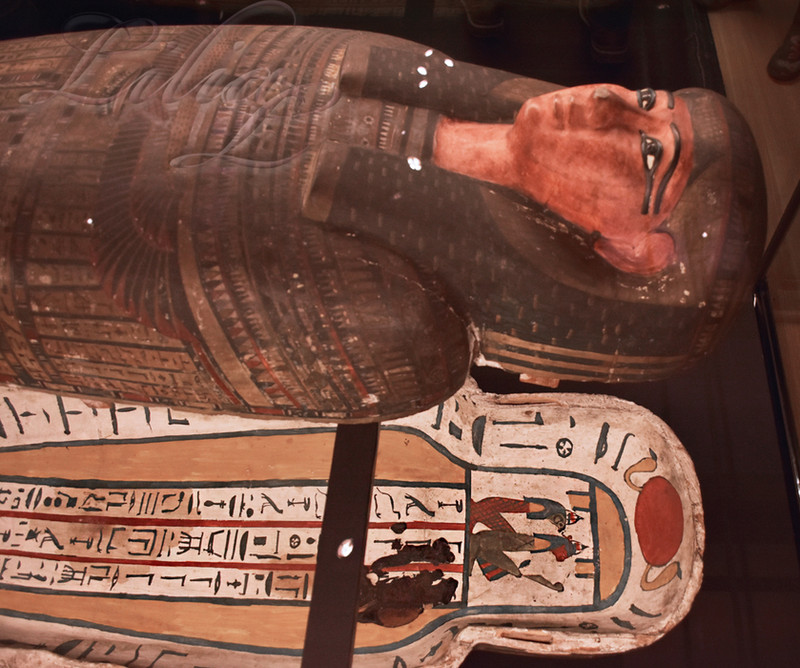HOME | DD
 LiliaLaurent — Nestawedjat
LiliaLaurent — Nestawedjat

#ancientegypt #mummy #nestawedjat #sarcophagus
Published: 2020-03-19 02:42:13 +0000 UTC; Views: 323; Favourites: 6; Downloads: 0
Redirect to original
Description
Inside of the sarcophagus
Third Intermediate Period, 25th Dynasty, about 700–680 BC
The name Nestawedjat is inscribed in hieroglyphs on each coffin and, as with most ancient Egyptian names, it has a meaning: ‘The one who belongs to the wedjat eye’. Also known as the Eye of Horus, the wedjat was a symbol of protection and healing.
Her title, ‘Lady of the House’, indicates that Nestawedjat was a married woman. The style and the quality of her coffins suggest that she came from Thebes (modern Luxor), a major religious centre in ancient Egypt. She belonged to a wealthy family. This is confirmed by her carefully mummified body, which provides an excellent example of ancient Egyptian mummification.
At Musée des beaux arts de Montréal

























